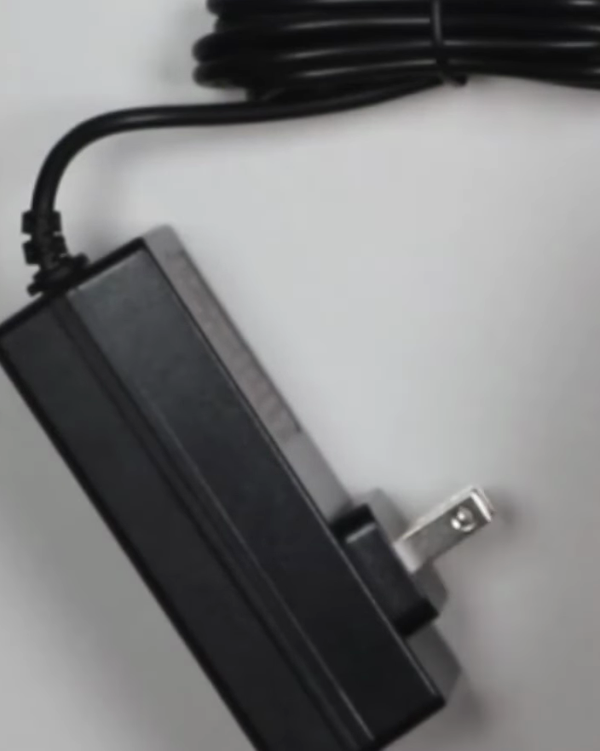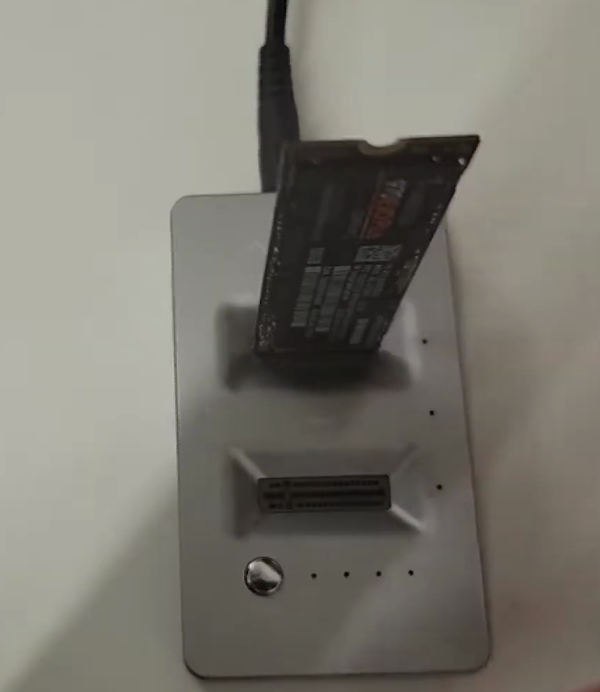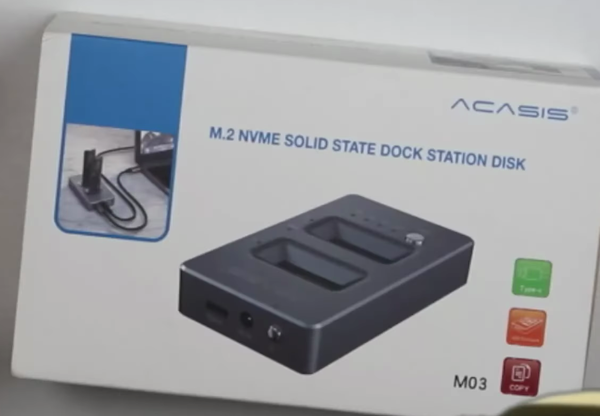Note: As an Amazon Associate I earn from qualifying purchases.
Using the NVMe M.2 Dual-Bay Duplicator: USB-C Aluminum Docking Station (2024)
Introduction
I recently purchased an NVMe M.2 Dual-Bay Docking Station and have been exploring its features. The One-Key Clone function particularly caught my attention as it simplifies the process of data replication between drives. As someone frequently working with SSDs, I was particularly interested in the cloning functionality and overall performance.
Specifications
| Property | Value | Property | Value |
|---|---|---|---|
| Brand | Coolpie | Color | Black |
| Hardware Interface | USB 3.0 Type C | Compatible Devices | M.2 NVMe SSD |
| Product Dimensions | 3.93”L x 2.36”W x 0.39”H |
Photos
Click on photos to enlarge them:
Prices
Check prices of the NVMe M.2 Duplicator Docking Station on:
Efficiency of One-Key Clone
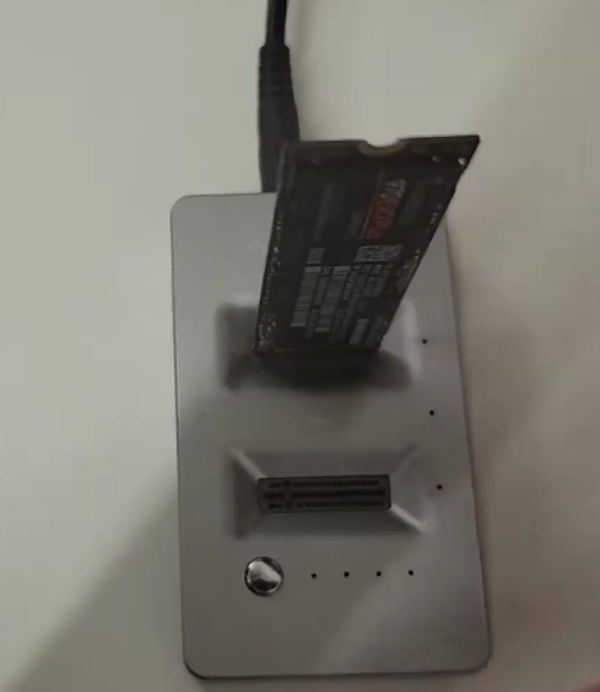
The One-Key Clone feature in the NVMe M.2 Dual-Bay Docking Station simplifies drive cloning processes. Previously, cloning an SSD required specialized knowledge and often the use of a separate computer. However, with this new function, users can easily clone drives by pressing just one button - the One-Key Clone button - making it ideal for frequent upgraders or backup creators.
Here’s a summary of my thoughts on the One-Key Clone function:
Pros:
Ease of Use: Just press the button, and cloning begins, no PC required.
Time-Saving cloning of a 1 TB drive takes merely around 10 minutes.
With No Size Limit Within Bay Capacity, each slot can hold SSDs of unlimited capacity up to 2TB.
Cons:
The initial instructions for setting up the device, labeled as “Confusing Instructions,” are difficult to decipher without outside assistance such as YouTube videos.
Potential Incompatibility with SSDs: The dock may not support SSDs featuring non-detachable cooling systems.
While the size equality of drives is necessary for cloning efficiency, this is a common requirement for clone functions. The 2TB capacity per slot seems sufficient for most users’ requirements. Viewing clone progress through LED indicators is beneficial, although initial instructions were misleading – this can be addressed in future improvements or with clearer documentation.
Despite some users reporting issues with certain SSDs, I’ve had a smooth experience cloning drives using the docking station. The entire process feels solid and reliable, reflecting its high build-quality.
** however,** I’ve noticed some issues with using thicker NVMe drives that come with built-in heatsinks. This can be problematic for those who prefer or already have SSDs with heatsinks. Moreover, there are reports of devices failing and causing data loss. Although these incidents appear to be rare, it’s essential to exercise caution.
All in all, the One-Key Offline Clone is a simple solution for cloning M.2 NVMe SSDs without using a computer. This tool saves time and offers easy data transfer. Its benefits make it a valuable addition, despite minor drawbacks.
Data Transfer and Compatibility

In the realm of data management and transfer, the compatibility and transfer speeds of hardware are fundamental aspects that can make or break the user experience. With the NVMe M.2 Dual-Bay Docking Station, I’ve found an array of features catering to these needs, although not without a few caveats worth mentioning.
This device supports M.2 SSD configurations with both M Key and B&M Key interfaces.
M.2 SSD sizes come in various options, allowing for up to 2TB of storage capacity per slot.
This interface supports USB 3.1 Gen2, delivering data transfer speeds of up to 10Gbps.
This device supports both USB 3.0 and USB 2.0 connections.
The Docking Station is celebrated for its proficiency in enabling high-speed data transfer with 800MB read/write*** capabilities. Large files are efficiently moved between SSDs, frequently reaching read and write speeds of around 800MB, although this can vary depending on the specific high-speed SSD brand and model employed.
From a practical perspective, this product suits my work setup that includes both Windows and Mac OS systems. Its lack of requirement for extra drivers or software allows me to easily use it without any hassle, regardless of the operating system in place.
However, the device has limitations. Thicker NVMe SSDs with integrated heatsinks cannot be used due to this design. This may affect compatibility with specific Samsung SSD models.
As a user, I find it disappointing that the docking station only supports using one M.2 SSD at a time when functioning as an enclosure. This limitation could have offered additional functionality for users dealing with multiple drives.
Moreover, while the offline clone function is a notable feature, it’s important to mention that this process works most effectively when cloning SSDs of identical size, brand, and model. This could be a consideration if you intend to utilize this feature frequently.
In my use, the device satisfies my data transfer requirements effectively. It supports various SSD sizes and configurations, and its USB 3.1 Gen2 interface guarantees fast transfer speeds. Although there are areas for improvement, overall it is a valuable tool for me.
Design and Ease of Use

The design of the NVMe M.2 dual-bay docking station effectively combines form and function. Its all-aluminum body and vertical stance create an appealing appearance while promoting heat dissipation, a crucial aspect for high-speed NVMe SSDs. Proper temperature management is essential to prolong the lifespan of these drives, and this station excels in this regard by keeping the SSDs cool during heavy read/write processes.
From a user perspective, the docking station featured the following aspects:
Easy Installation: Installing drives without using screws or brackets allows for a swift drive swap.
LED Indicators: Provide a clear visual representation of the cloning process. These indicators are reassuring.
I found it easy to begin without installing any drivers for multiple operating systems due to the Plug-and-Play feature.
Compact Design: Small in size for easy transportation and convenience in completing tasks anywhere.
However, it’s not without its drawbacks. A few points to consider:
Clear Instructions were lacking. Thankfully, online resources such as YouTube tutorials provided the necessary information.
Slot Limitations represent a significant challenge when it comes to installing thicker NVMe SSDs equipped with heatsinks. These larger drives cannot fit into the recessed slots designed for standard-sized drives, thus limiting expansion options for users seeking improved cooling and performance.
Dual Slots Limitations: This feature allows inserting two drives but doesn’t enable full usage of both slots for certain tasks at once, reducing flexibility in specific situations.
Despite these issues, the device’s user-friendliness stood out. The cloning function without a computer was convenient, and hot-swapping saved me significant time.
The Coolpie brand constructed a careful product. Its color is black, making it discreet and fitting among tech devices. I tested its compatibility with my Mac Mini using USB 3.0 Type C, and the connection was effortless.
So, while there have been some challenges with the absence of instructions and size limitations, I’ve found the design and user-friendliness to be mostly positive. The docking station has boosted my productivity by enabling swift cloning and file administration, making it a useful asset in my tech collection.
Performance and Limitations
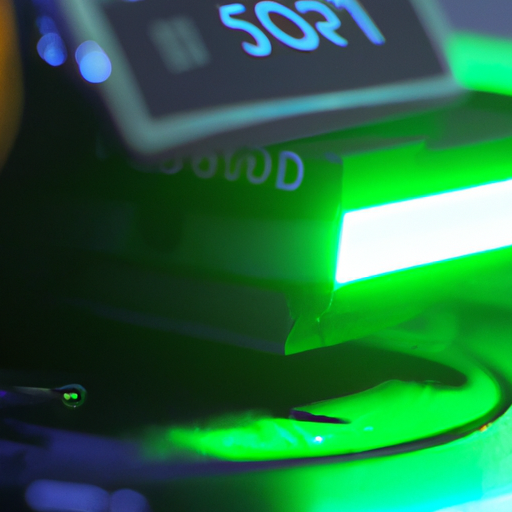
In assessing the performance and limitations of the NVMe M.2 Dual-Bay Docking Station, I’ve encountered several areas worth highlighting:
Performance: The device delivers consistent speeds of approximately 800MB for read and write with various NVMe drives. Overall, it ensures efficient data management through impressive performance.
Offline cloning: Although I have yet to test out the one-key offline clone function, there’s potential for this feature to be a significant time-saver. From what I gather, the process is straightforward once you understand the procedure – youtube tutorials can be really helpful in this regard.
Build quality: The station feels well-constructed and durable, an aspect that instills confidence in its longevity.
However, there are some drawbacks:
Heatsink compatibility plays a crucial role in ensuring successful integration of NVMe SSDs with custom cooling systems. However, NVMe SSDs equipped with non-detachable heatsinks may not be compatible due to size constraints that can hinder some drives from being installed properly. Therefore, it is essential to verify the heatsink compatibility before attempting installation.
Instruction clarity: The manual could be clearer. Figuring out the clone function can be confusing without external help.
Risk of damage: One user reported that the device destroyed several SSDs. However, this is an isolated incident compared to numerous positive experiences.
Docking utilization: I wish both slots could be used simultaneously when it functions as a dock.
Here’s a quick summary:
Pros:
High-speed transfers are efficient.
The construction appears strong and durable in design.
The offline clone feature simplifies your experience.
Cons:
This NVMe drive setup isn’t suitable for thicker models with attached heatsinks.
The manual lacks clear, easy-to-understand instructions.
A risk of damaging drives, based on a single user’s experience.
In docking mode, you can only use one slot.
Moreover, the all-aluminum design effectively maintains an optimal temperature for the SSDs, possibly increasing their lifespan. However, my Samsung m.2 card with fixed heatsink couldn’t be installed in this setup, which may limit users with similar configurations.
In conclusion, despite some limitations, the device’s fast transfer speed and durable build quality provide significant value. By carefully checking your NVMe SSD’s dimensions and following instructions for use, you can minimize concerns. The M.2 Dual-Bay Docking Station is a worthwhile investment for those seeking a convenient solution for cloning and docking NVMe SSDs.
